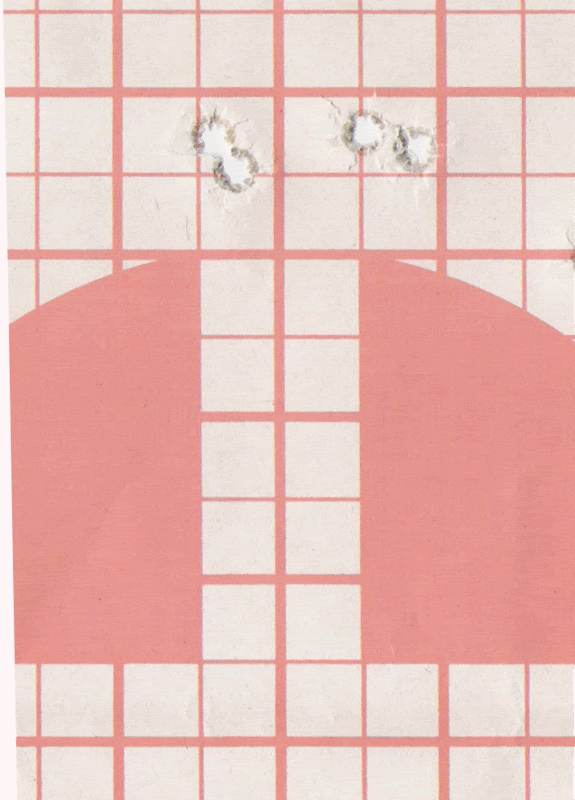zupatun
Well-Known Member
At lunch went out to do a little practice. Shot at 100yds and 200yds because the range max is 200. Used caldwell adjustable rest and rear bag. Shooting Tikka T3 SS Varmint in 308 Winchester. Federal Fusion 165's. I waited 3 minutes between shots. Wind directly from behind gusting between 3 to 10mph averaging around 4mph (so it seemed to me). 55F outside, elev 1067ft Western PA.
Results at 100yes. Max vertical measurement between 5 shots is about .52" - 0.308 = 0.212 off the caldwell at 100yes. Horizontallly, outside measurement is 1.375"-.3" = 1.067.
My rest is very steady. I'm leaning into it with slight downpressure on my cheek to get the crosshairs to come up about 1/2" to dead nuts center (DNC)at 100. Any reason why my horizontal stringing is so much larger than the vertical stringing--anything with technique that is easily diagnosed. Truthfully, I should have looked this up and done more research, but this is enough time screwing around on the web--so I have to get back to work.
Any experience or advice is appreciated. P.S. 200yd group off the bipod with the back supported by my fist is about a 3" group vertically and about 1.5" horizontally. Actually I find shooting off the bipod like this more comfortable than the caldwell and rear bag.
/ubbthreads/images/graemlins/confused.gif
Results at 100yes. Max vertical measurement between 5 shots is about .52" - 0.308 = 0.212 off the caldwell at 100yes. Horizontallly, outside measurement is 1.375"-.3" = 1.067.
My rest is very steady. I'm leaning into it with slight downpressure on my cheek to get the crosshairs to come up about 1/2" to dead nuts center (DNC)at 100. Any reason why my horizontal stringing is so much larger than the vertical stringing--anything with technique that is easily diagnosed. Truthfully, I should have looked this up and done more research, but this is enough time screwing around on the web--so I have to get back to work.
Any experience or advice is appreciated. P.S. 200yd group off the bipod with the back supported by my fist is about a 3" group vertically and about 1.5" horizontally. Actually I find shooting off the bipod like this more comfortable than the caldwell and rear bag.
/ubbthreads/images/graemlins/confused.gif

